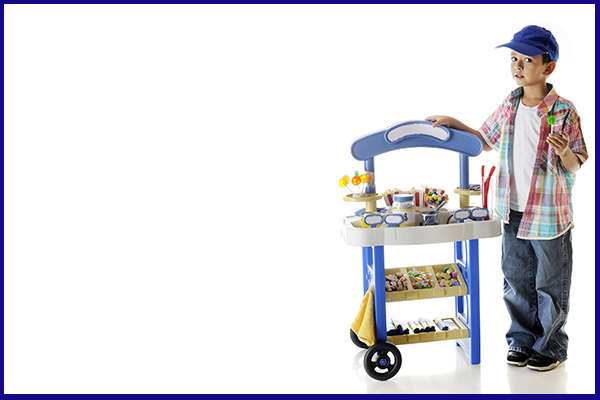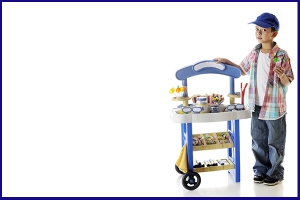
How to Have a Successful Fundraiser
I have to admit I roll my eyes when I find out it’s fundraising time again. Schools and organizations often hold several fundraisers each year, which ends up being a lot of work for parents and kids. I’ve survived a few and am here to say it’s possible for kids to rock the next fundraiser while sparing parents from burnout. Consider these ideas:
1. Make a cheat sheet. Write down a spiel for kids to say to potential buyers/donors in case they get nervous. Write answers to potential questions on the back, such as, “When will I get my popcorn? Mid-November. Can I pay you later? Yes.” Know what the fundraising goal is (playground or sports equipment, computers for the classroom, getting to camp, etc.) and answers to questions like, “Who should I make the check out to?”
2. Set and share goals. If your child has a goal of selling 100 candy bars and has sold 75, he should tell customers that. You might find someone (like me!) who will buy those last 25 because they want to help your kid out.
3. Have your child talk to friends in the neighborhood who are selling the same item so they can map out a "territory" instead of inundating every house. Or kids could go together (with a parent) and split the sales.
4. Get together with a group of kids (and parents) selling the same item, and hang out outside a church or grocery store (get permission first). Then split the credit for the sales.
5. Email may seem like a good way to fundraise, but it’s easy for recipients to hit the “delete” button. A personal connection will get more sales, even if it seems scary for your child to make phone calls or go door-to-door. If you dread going door-to-door with him, do what I do when I’m pregnant: Drive!
6. Remember, It never hurts to ask. I have a soft spot and an open wallet for kids who come to my house to sell in person (see Safe Fundraising below) because I think it shows courage. Dealing with rejection can be tough, so explain reasons people may say no, like they might be on a special diet, out of work or paying off debt, or they have been inundated with kids coming to their door and have already bought too much.
7. Always carry fundraising materials with you. Ask people at the dentist's office, doctor, family events, mom/dad’s workplace (see number 8).
8. Parents, decide if you want to make your child solely responsible for fundraising. I take my kid to his dad’s workplace to sell, but it does take a lot of time because everyone likes to chat with him. We go around lunchtime to ask employees who are staying in, and go again after work. If this annoys coworkers or is against company policy, put an order form in the break room.
9. Keep good records to make the next fundraiser a snap. Copy order forms before turning them in, then make notes about who donated and who should be skipped next time. If your child finds someone who can’t get enough coupon books, for instance (maybe they purchase them to give as gifts), approach that person first next time.
10. Don’t feel obligated to buy. I make sure my kids tell every potential donor that they have the option of writing a check directly to the organization and foregoing something they might not need. After all, the purpose is not to earn prizes, but to raise money for a worthy cause or goal.
11. Finally, consider just one fundraiser per year, instead of hiding from the principal, coach or head of the organization all year. When you limit the number of fundraisers you participate in, your friends, family, neighbors and coworkers will likely not hide from you as well.
Kerrie McLoughlin is the mom of five.
Safe Fundraising
Reinforce safety rules, such as:
- Don’t ever sell alone (this goes for tweens and teens, too).
- Do not go inside any house, no matter who lives there.
- Trust your gut and run away if something feels uncomfortable.
- Don’t sell after dark, even with a parent.
- Don’t carry cash. Give it to your parent to stash away until it’s time to turn it in.




